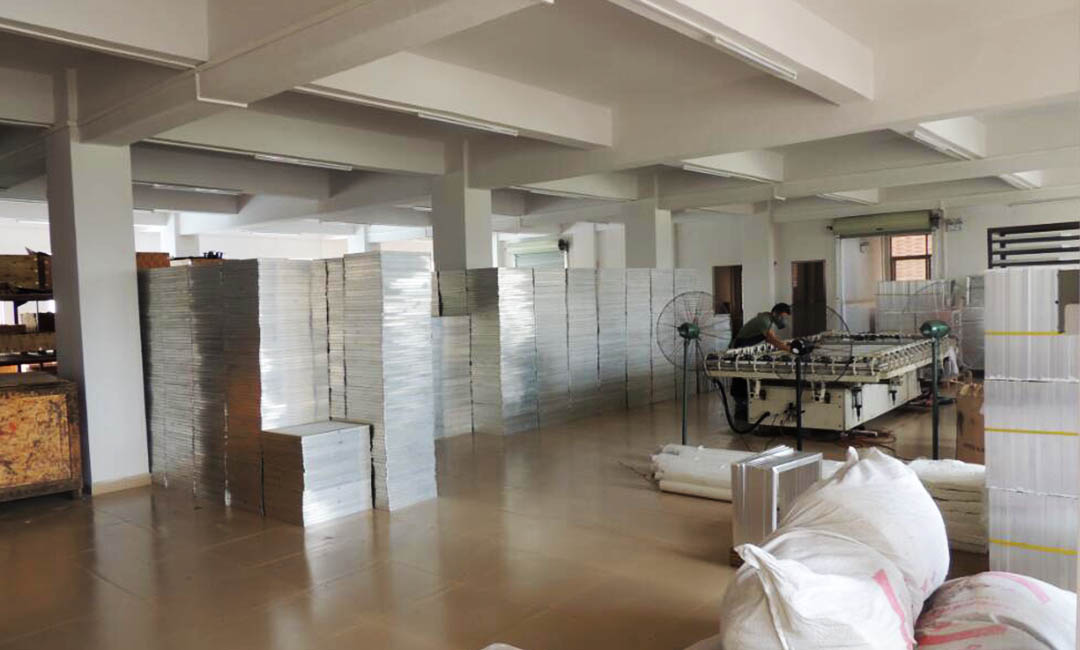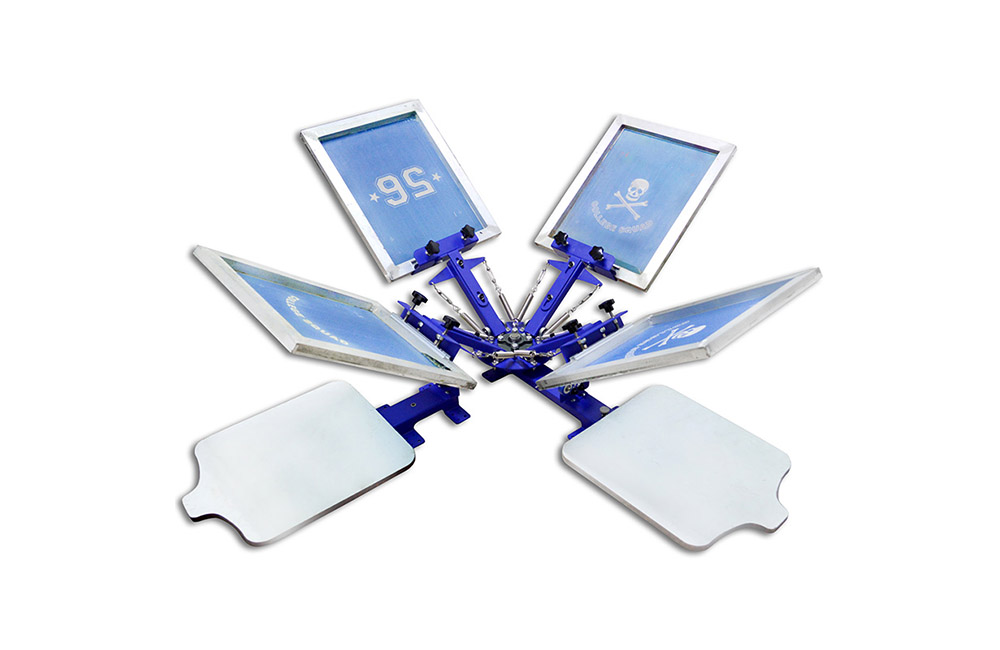How to Print on Hoodies, Bags, and More with a T-Shirt Screen Printing Machine
Tips for Printing on Hoodies, Bags, and More with a T-Shirt Screen Printing Machine
Screen printing is a popular method for creating custom designs on various types of clothing and accessories. While it is commonly used for printing on t-shirts, it can also be used to print on hoodies, bags, and other items. With the right equipment and techniques, you can achieve professional-looking results on a variety of materials.
When it comes to printing on hoodies, bags, and other items with a t-shirt screen printing machine, there are a few key tips to keep in mind. First and foremost, it is important to choose the right type of ink for the material you are printing on. Different inks are designed to work best on different types of fabric, so be sure to select an ink that is compatible with the material you are working with.
In addition to choosing the right ink, it is also important to properly prepare the material before printing. This includes ensuring that the fabric is clean and free of any wrinkles or creases that could affect the quality of the print. It is also a good idea to test the print on a small, inconspicuous area of the material before proceeding with the full design to ensure that the ink adheres properly and produces the desired result.
When it comes to actually printing the design, it is important to use the correct screen mesh for the material you are working with. Different materials require different mesh counts to achieve the best results, so be sure to do some research or consult with a professional to determine the appropriate mesh count for your project.

Another important tip for printing on hoodies, bags, and other items with a t-shirt screen printing machine is to use the right amount of pressure when applying the ink. Too much pressure can cause the ink to bleed or smudge, while too little pressure may result in a faint or uneven print. Experiment with different pressure settings to find the right balance for your specific project.
In addition to pressure, it is also important to pay attention to the speed at which you move the squeegee across the screen. Moving too quickly can result in a thin or uneven print, while moving too slowly can cause the ink to dry before it has been fully transferred to the material. Practice moving the squeegee at a consistent speed to achieve the best results.
Finally, be sure to properly cure the ink after printing to ensure that it is durable and long-lasting. This typically involves using a heat press or conveyor dryer to heat-set the ink and bond it to the fabric. Follow the manufacturer’s instructions for curing times and temperatures to ensure that the print will withstand washing and wear.

In conclusion, printing on hoodies, bags, and other items with a t-shirt screen printing machine can be a fun and rewarding process. By following these tips and techniques, you can achieve professional-looking results on a variety of materials. Experiment with different inks, mesh counts, pressure settings, and curing methods to find what works best for your specific project. With practice and patience, you can create custom designs that are sure to impress.
Pre: How to Print High-Quality Graphics with a 4 Color Silk Screen Press
Next: 4 Color Silk Screen Printing Machine Setup: A Step-by-Step Guide
Tags: